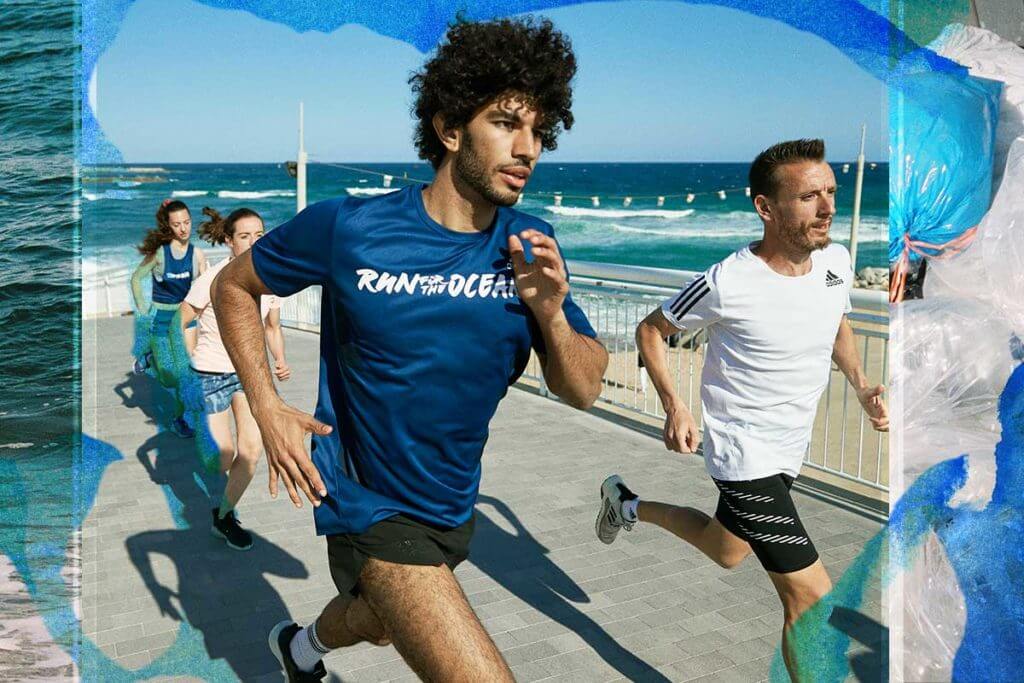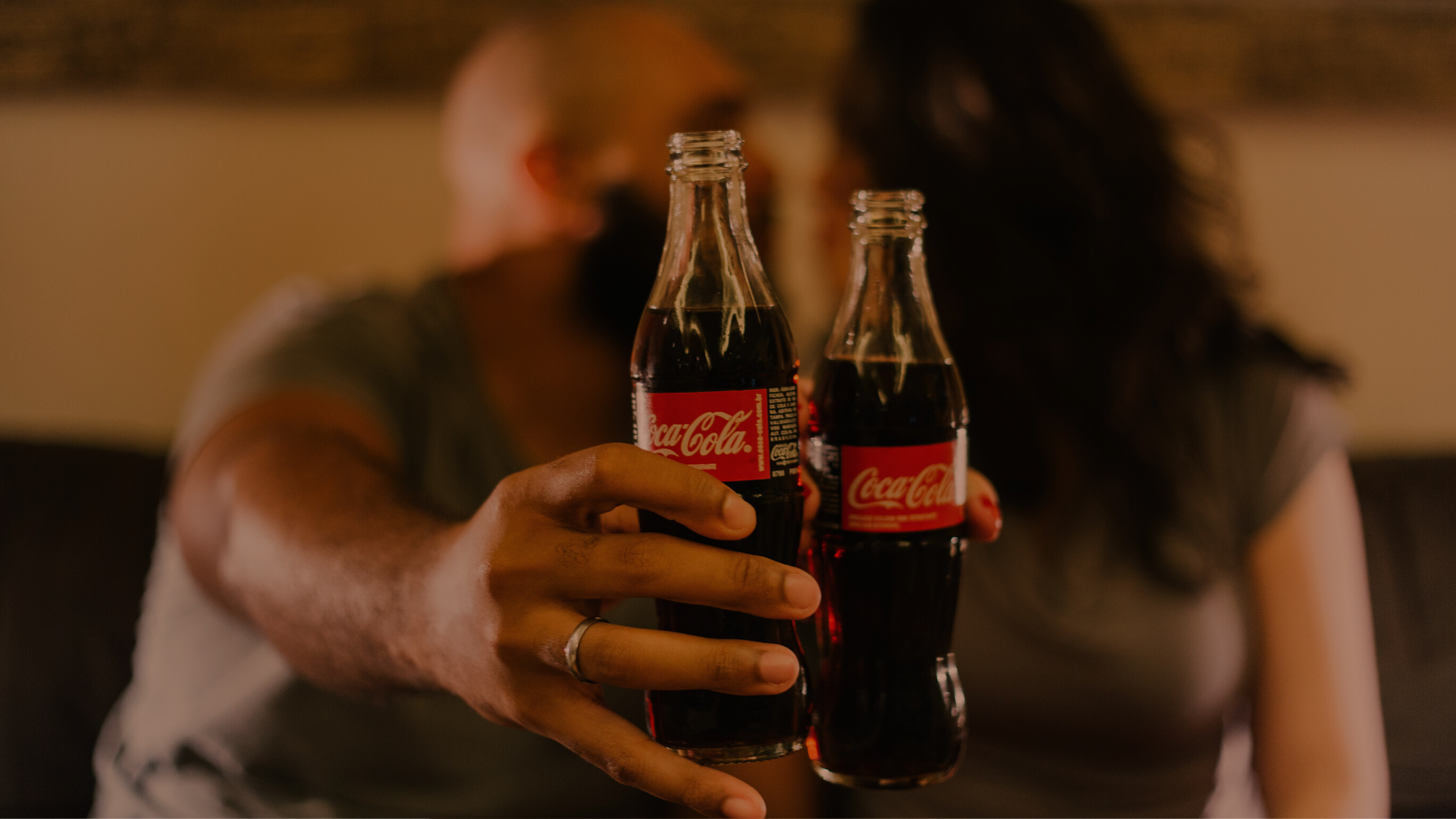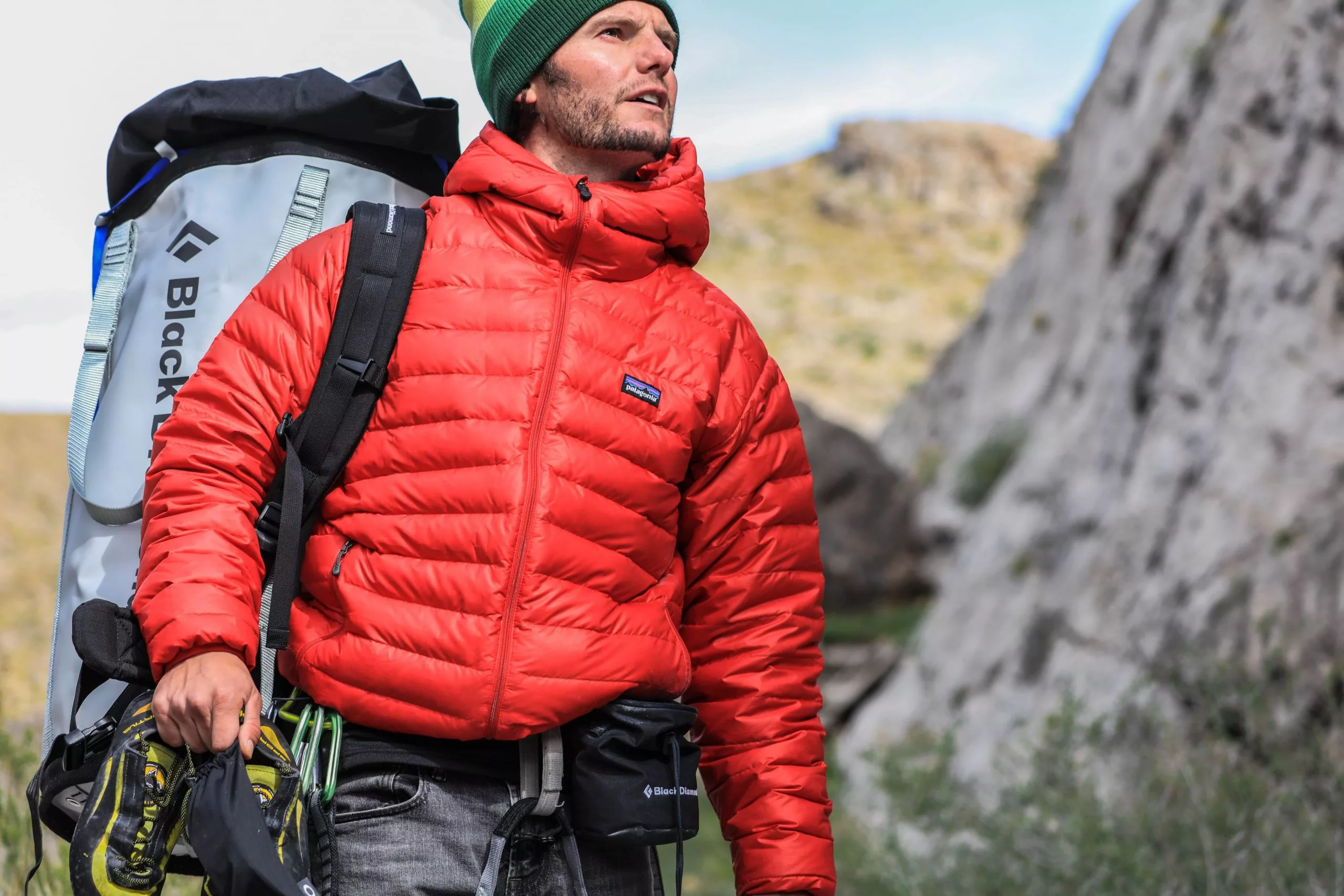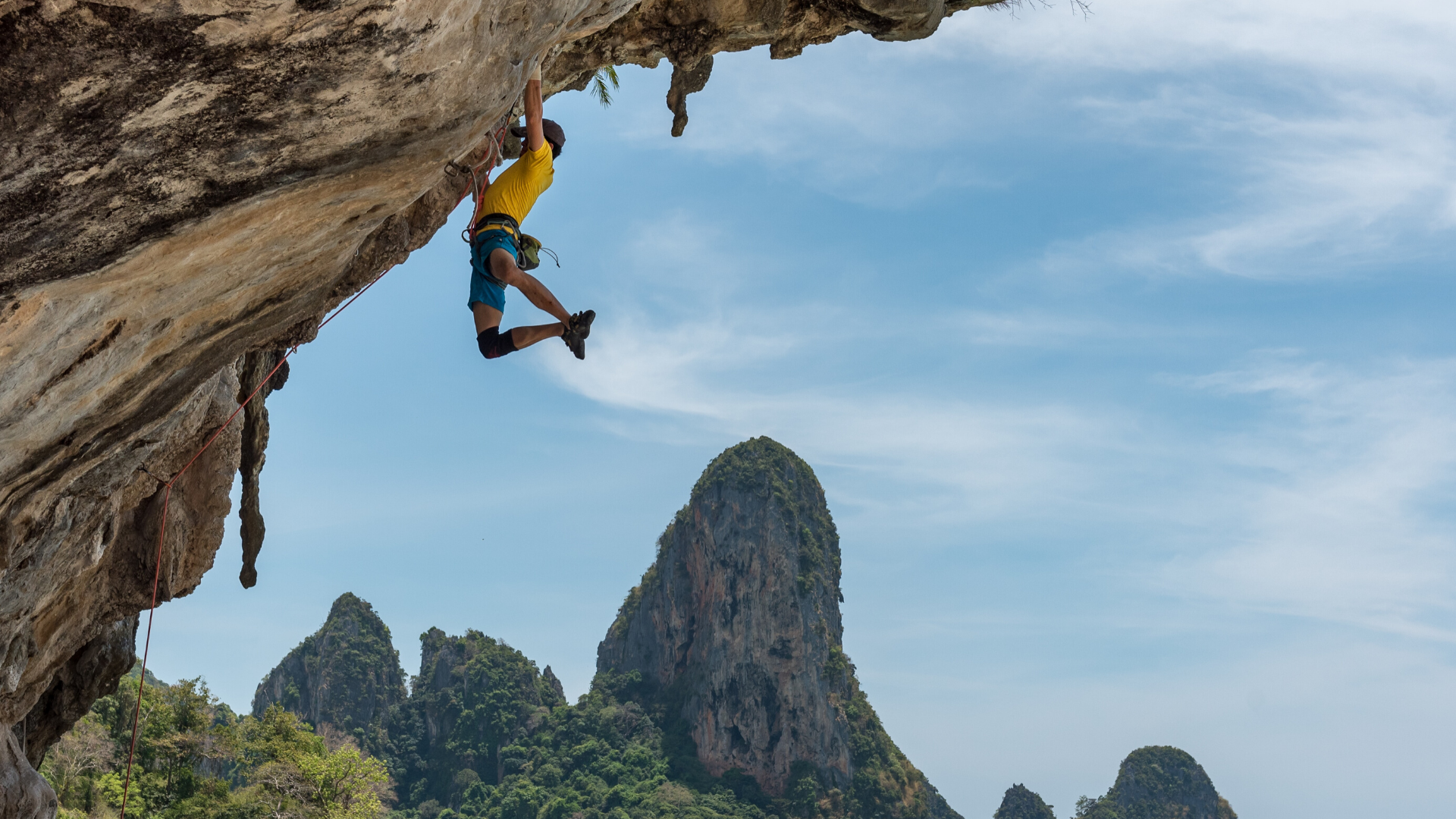
Runners compete to raise money for Parley Ocean Schools during Adidas Run for the Oceans 2019 (© Adidas Runtastic)
Over the past 12 months, the world has developed a heightened awareness of climate change. This raised concern follows the efforts of Swedish Activist and Time’s Person of the Year 2019, Greta Thunberg, who spurred on the likes of Extinction Rebellion, and many others who have been making a hefty amount of noise about the issue.
From London’s Trafalgar Square to Washington D.C., you’d be hard-pressed to miss the public outcry for governments and big businesses to do better. This, coupled with recent natural disasters, such as the Australian bushfires and the Amazon rainforest burning, has led to a spike in public concern over climate change.
As a result, people are pulling out all the stops to ensure that they are “doing their bit” at ground level. However, the fact remains that while the public’s efforts are honorable, real change has to come from the top. After all, the average Joe won’t likely opt for Jaden Smith’s “Just Water” when Evian’s plastic bottle alternative is a mere half of the price.

No brand is exempt from scrutiny. In January of this year (last month), Coca-Cola came under fire for its use/mass production of single-use plastic bottles at the World Economic Forum meeting in Davos. Coca-Cola insisted that they would continue using single-use plastics on account of “public demand” for them, to some criticism.
Governments globally are taking everything from no action to considerable action to ensure that their nation and its cities are reducing their carbon footprints. Even in London’s bustling city center, the government recently announced that all petrol and diesel cars would be banned by 2035.
With 50% of those in power doing their bit, it begs the question, what are big businesses and your favorite brands doing to chip in? Here are a few examples of how some of the world’s biggest brands are pushing for a more sustainable future.
How the World's Biggest Brands are Saving the Planet

Nike & Adidas
Two sportswear titans that have made valiant efforts to reduce the amount of waste they produce, and to tackle ocean plastic pollution, are Nike and Adidas.
Adidas lead the charge in this area by collaborating with Parley for the Oceans back in 2015, a collaboration that is still going strong in 2020.
Parley for the Oceans is an environmental organization that aims to tackle environmental threats to the oceans, through ocean plastic pollution. The Adidas collaboration saw the sportswear brand producing shoes and garments from recycled plastic. The aim was to mitigate the amount of plastic that ends up in the ocean.
The collaboration was initially limited and began with three iterations of the then-coveted Ultra Boost model. Like many rare iterations of sought-after sneakers, The Parley Ultra Boost saw a meteoric rise in awareness, popularity, and price. Following this success of its initial launch, Adidas slowly but surely began to produce more Parley products, and they can now be found in many high street Adidas stores.
Nike has chosen to take a different approach to their waste issue. Just last week, Nike announced its “Space Hippie” range of footwear.
The range boasts four unique styles, which possess an industrial aesthetic reminiscent of their now-famed Off-White collaboration. The sneakers are made from scrap material taken from Nike’s factory floors and other recycled materials, and claims to be Nike’s lowest carbon footprint shoe ever.
Though the efforts of both Nike and Adidas may seem small compared to their mass-produced non-recycled lines, the brands are taking strides towards following the process of a circular economy, which seeks to reduce or eliminate pollution and waste from manufacturing. As two of its biggest names, they’re setting a precedent for how the sportswear industry can do more.

Patagonia & Toms
Though Nike and Adidas’ efforts are respectable and a step in the right direction, it’s hard to ignore the fact that they’ve sat by idly as their carbon footprint and waste production have increased year on year. Meanwhile, brands like Patagonia and Toms have been quietly making a difference for some time.
Recognizing the importance of the great outdoors as leaders in their industry, outdoor-specialist brands have long pushed for more sustainable practices, and Patagonia is an exemplary example of this.
“At Patagonia, the protection and preservation of the environment isn’t what we do after hours. It’s the reason we’re in business and every day’s work.”
Patagonia initially made climbing equipment but swiftly moved to producing environmentally friendly products after its founder realized his climbing tools were causing damage to cliff faces.

Since 1986, Patagonia has pledged to donate 10% of its profits to nature-preserving organizations, which it has done year on year. As an anti-consumerist brand, Patagonia also emphasizes reusing its garments, even offering a free repair service on its website. The aim is to keep people using its items rather than discarding them when they show signs of wear.
Footwear brand Toms also established itself as an ethical brand early on, promising and committing to a brand mission of donating a pair of Toms shoes to a child in need for every pair sold.
Toms have since set their sights on what they can do to become a more sustainable brand. Not only are their shoes now made almost entirely from recyclable materials, but each box is made from old recycled shoe boxes, and the ink used on both boxes and products is soy-based.

Lego
Plastic pollution is no joke. Many experts consider ocean plastic pollution to be as big a threat to the environment as our carbon emissions, which brings us to our plastic-wielding family favorites at Lego.
Lego has previously worked around the narrative that its lovely plastic bricks are at all harmful or wasteful on the basis that they are used, reused, and used again. After all, a piece of Lego manufactured 30 years ago would fit a standard brick produced in 2020.
However, the overwhelming fact remains that Lego cannot continue to push out (an impressive) 75 billion bricks per year without contributing to the problem. In response to this, Lego has set itself a goal of turning all of its bricks “green” by 2030.
The company is currently testing alternative materials, such as sugar cane and wood, to replace its crude oil-based products in a bid to make all bricks and products made exclusively from sustainable plastics by the end of the decade.

Chilly's & Keep Cup
People’s pushback against single-use plastics and plastic pollution has seen a surge in sales of reusable cups and bottles from companies like Chilly’s and Keep Cup.
Walk down any high street in 2020, and you’ll likely find trendy-looking reusable cups and bottles, as stores intend to keep up with changing attitudes to climate change.
Brands like Chilly’s and Keep Cup have excelled in this industry for some time, capitalizing on the want for reusable drinks containers and making them look good in the process. Both Chilly’s and Keep Cup offer a wide range of colors and limited designs, and both allow buyers to customize their chosen products, making them not only sustainable but something of a commodity.
As people wake up to their own environmental impact, attitudes towards big businesses are beginning to change. The public is calling upon every brand to take ownership of/action on its own carbon footprint.

Runners participating in Adidas Run for the Oceans (© Adidas)
Sustainability Benefits an Employer Brand
It seems common knowledge now that trust in brands is disappearing. In the last five years or so, we’ve seen the meteoric rise of “wokeness.” Being “woke” is a well-meaning cultural shift, most notably among Millennials and Gen Z, that, among other things, is putting the biggest companies under a microscope and calling time on their wrongdoings.
Taking action on climate change is clearly a big deal for Millennials and Gen Z, and so it’s not just customers brands need to worry about leaving disgruntled, it’s potential employees too. A recent Guardian article stated that nearly half of the workforce (42%) want to work for a company that has a positive impact on the planet. Caring about global warming isn’t just the right thing for a brand’s image, it’s also beneficial for their employer brand.
Brands are making a lot of noise about their sustainability efforts as they know it’s important to the next generation of buyers, but it is important that efforts are genuine and well-intended, as opposed to an illegitimate cash grab that seeks to capitalize on a trend.
Take Pepsi’s “live for now” campaign advert from 2017 as an example of how not to support popular issues. The campaign received a huge backlash and was widely accused of appropriating the imagery of protest movements.
A company’s employees can collectively be its loudest and most reputable voice on social media. People trust those they know and are more likely to engage with their content. Adidas foresaw this with its Run for the Oceans events, inviting employees to participate, who ultimately shared content with the #RunForTheOceans caption.
Crowdsourcing content from events is never easy, which is why we’re seeing a surge in demand for employee-generated content. Employee advocacy tools allow brands to showcase their efforts through authentic content, while displaying their values and company culture in a more transparent way.

The planet is heating up, and so is the competition. There’s no doubt that real change must come from the top, but that goes for industries too. When industry leaders begin to take action to the public’s applause, their competitors will follow suit in a bid to keep up with consumer demands.
Check out our article on how brands are becoming more operationally transparent.
To learn more about DSMN8’s content creation tools and how you can showcase your company culture in a more authentic way, book a demo.
DSMN8
The All-in-One Employee Advocacy Platform.


